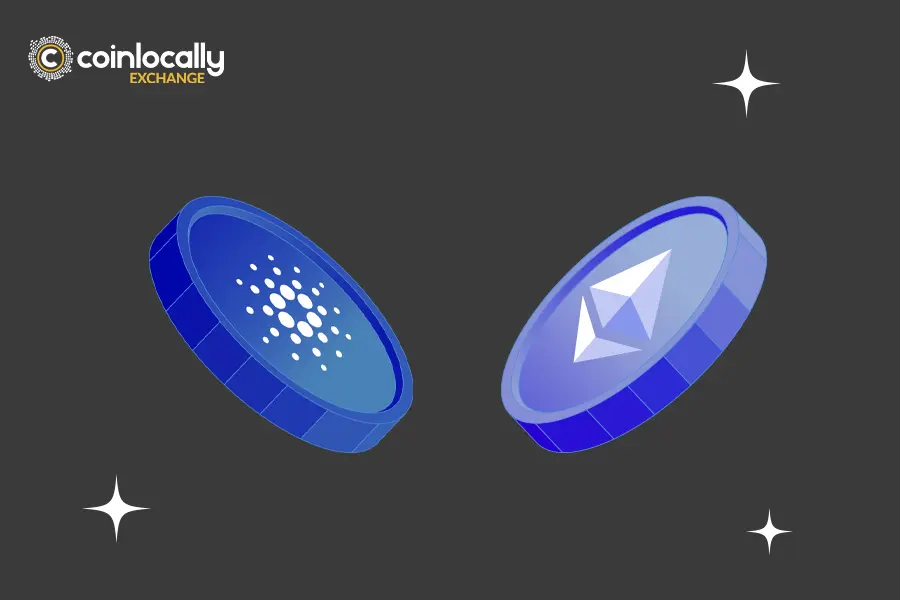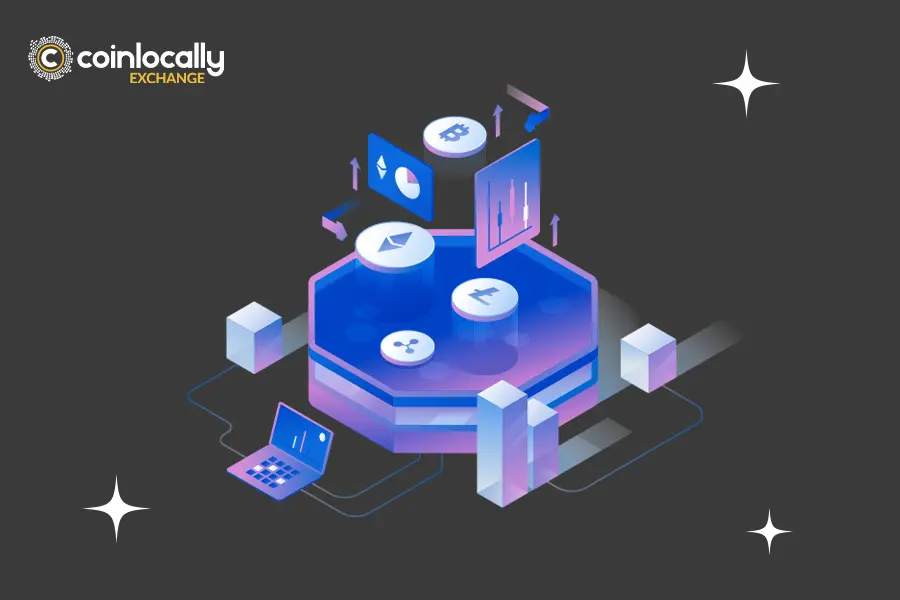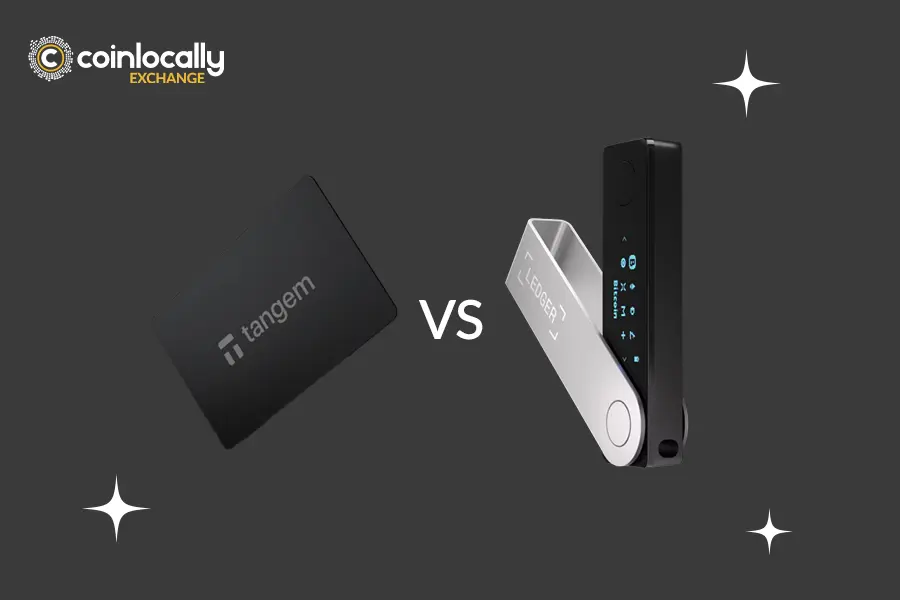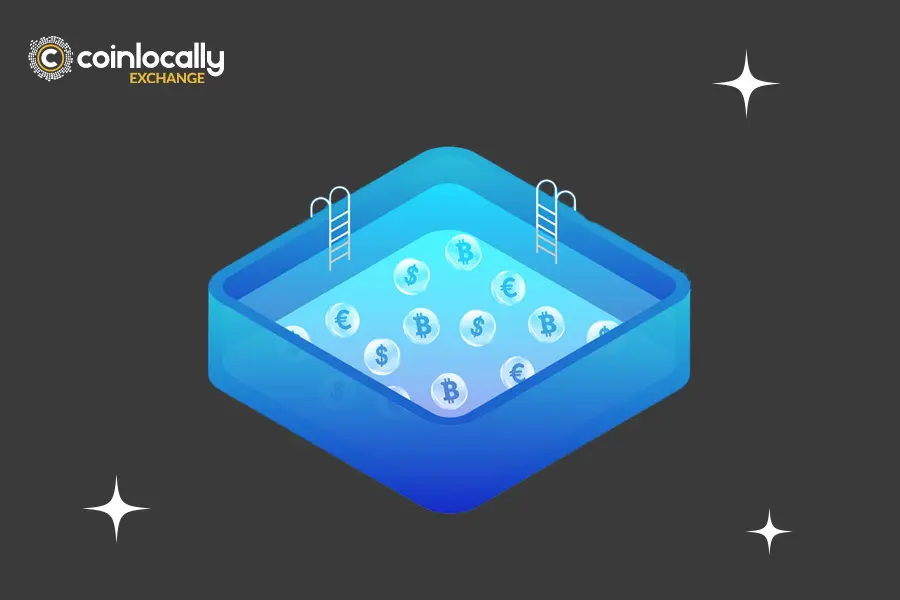Cryptocurrency is evolving unprecedentedly, with various blockchain platforms competing for dominance in the burgeoning landscape of decentralized finance (DeFi) and digital innovation. Among these platforms, Ethereum and Cardano stand out as two of the most influential projects, each offering unique solutions to the age-old challenges of scalability, security, and decentralization. As blockchain technology becomes increasingly integral to the global financial ecosystem, the question arises: Cardano vs. Ethereum 2.0—which is the superior long-term investment?
This question invites a thorough examination of both blockchains’ technological frameworks, market positions, and future growth potential. Ethereum, having pioneered smart contracts and decentralized applications (dApps), has long held the title of the go-to blockchain for decentralized innovation. However, with the introduction of Ethereum 2.0 and the rise of Cardano, the space is becoming more competitive. Both projects tackle similar challenges but do so through distinct methodologies. This article will explore the foundations of both platforms, compare their unique features, assess their future prospects, and ultimately determine which blockchain offers the better long-term investment opportunity.
Table of Contents
The Ethereum Legacy: Dominance and Challenges
Launched in 2015 by Vitalik Buterin, Ethereum rapidly became the leading blockchain for decentralized applications and smart contracts. Its success catalyzed the rise of decentralized finance (DeFi), Non-Fungible Tokens (NFTs), and other innovations. Ethereum’s ability to host and execute smart contracts laid the foundation for a broad array of decentralized projects, positioning it as the blockchain of choice for developers worldwide.
Despite its success, Ethereum is not without its challenges. One of the most significant issues the platform faces is scalability. Transaction costs surged as more applications and users joined the network, leading to congestion and exorbitant gas fees. Additionally, Ethereum’s reliance on the energy-intensive Proof of Work (PoW) consensus mechanism has raised concerns about its environmental impact. These scalability and sustainability issues have prompted Ethereum to embark on a significant upgrade: Ethereum 2.0.
Ethereum vs Ethereum 2.0: Transitioning for a Sustainable Future
Ethereum’s current PoW consensus mechanism has proven inadequate as the network scales. This inefficiency leads to higher energy consumption and slower transaction processing speeds, which have plagued the platform for years. To address these limitations, Ethereum is transitioning to a Proof of Stake (PoS) model through Ethereum 2.0.
Ethereum 2.0 is poised to significantly enhance the platform’s scalability, reduce energy consumption, and increase transaction throughput. One of the most anticipated changes is the shift from PoW to PoS, which promises to reduce energy consumption by up to 99%. This transition addresses both the scalability bottleneck and the environmental concerns that have become critical in the blockchain community. In addition to PoS, Ethereum 2.0 introduces sharding, a process that splits the network into smaller, manageable segments to process transactions in parallel. This innovation will improve network efficiency and enable Ethereum to handle a higher volume of transactions, paving the way for broader adoption in the DeFi space.
Ethereum 2.0: A Game-Changer or a Risk?
Although Ethereum 2.0 presents a transformative opportunity for the platform, it is not without risks. The upgrade is being rolled out in multiple stages, with several key components still developing. While the transition to PoS promises to resolve many of Ethereum’s scalability issues, the final implementation is still uncertain. Delays in the Ethereum 2.0 roadmap or unforeseen obstacles in scaling the network could present significant challenges.
Additionally, Ethereum faces intense competition from other blockchain platforms, particularly Cardano, which has aimed to address scalability and sustainability from its inception. Ethereum’s market leadership may give it an advantage, but the platform must successfully execute its upgrade and maintain its position in an increasingly crowded field.
Cardano: A Methodical Approach to Blockchain Innovation
Cardano, founded by Charles Hoskinson, one of Ethereum’s co-founders, is often hailed as a next-generation blockchain platform. Unlike Ethereum, which took a fast-paced approach to development, Cardano emphasizes a slow, methodical process grounded in academic research and formal verification methods. This scientific approach to blockchain design ensures that each development phase is rigorously vetted for security, scalability, and sustainability before implementation.
Cardano’s Proof of Stake consensus mechanism, Ouroboros, was designed from the outset to offer a more energy-efficient alternative to Ethereum’s original PoW system. This approach makes Cardano a more environmentally friendly blockchain, which is increasingly important as concerns over sustainability grow in the blockchain community. However, Cardano’s commitment to academic rigor and its phased development process has resulted in a slower rollout of features compared to Ethereum.
Cardano’s Proof of Stake Approach vs Ethereum 2.0
Cardano’s PoS system is one of its key differentiators from Ethereum. While Ethereum is transitioning to PoS, Cardano has operated on this consensus mechanism, offering enhanced energy efficiency and scalability. The Ouroboros protocol allows Cardano to support high transaction throughput without compromising decentralization or security. Furthermore, Cardano’s modular architecture enables future upgrades without disrupting the entire network, making it a flexible platform for long-term growth.
In contrast, Ethereum’s transition to PoS is still in progress. Although it promises greater energy efficiency and scalability, it remains a work in progress. Ethereum 2.0’s full implementation will take time, and its success hinges on the platform’s ability to overcome technical hurdles.
Key Strengths and Weaknesses of Cardano
Cardano’s primary strength lies in its academically driven approach. Every change to the platform undergoes rigorous peer review, ensuring that it is secure, scalable, and sustainable. This thoroughness has allowed Cardano to avoid the pitfalls of hastily executed upgrades, which have plagued other blockchain projects.
However, Cardano’s slow pace of development has led to criticism, particularly regarding its delayed rollout of smart contracts and decentralized applications. Unlike Ethereum, which has a well-established ecosystem of dApps and DeFi protocols, Cardano is still building its platform’s features and expanding its user base.
Despite this, Cardano’s focus on long-term sustainability positions it as a promising investment. With a solid foundation and an emphasis on scalability, security, and energy efficiency, Cardano has the potential to become a dominant force in the blockchain space over time.
Cardano vs Ethereum 2.0: Key Differences Between the Two
Several vital differences separate Cardano and Ethereum 2.0. First and foremost, their consensus mechanisms differ significantly. While Ethereum is transitioning to PoS, Cardano has used PoS since its inception, giving it a head start regarding energy efficiency and scalability.
Another key distinction is their development philosophies. Ethereum has adopted a rapid, iterative approach, allowing it to establish a large ecosystem of dApps and DeFi projects. However, this fast-paced development has sometimes led to scalability issues. In contrast, Cardano has taken a more cautious approach, prioritizing security, scalability, and sustainability over speed.
Finally, while Ethereum has already established itself as the leading platform for decentralized applications, Cardano is still developing its ecosystem. As such, Ethereum enjoys a first-mover advantage, but Cardano’s modular design and focus on future-proofing its platform may give it an edge in the long term.
Which is the Better Long-Term Investment: Cardano vs Ethereum 2.0?
Deciding whether Cardano or Ethereum 2.0 represents the better long-term investment depends on several factors, including an investor’s risk tolerance, technological beliefs, and expectations for the future of blockchain technology.
Ethereum’s established market position and the promising potential of Ethereum 2.0 make it an attractive option for investors seeking immediate returns. The upgrade promises to address Ethereum’s current scalability and sustainability issues, positioning it for continued growth. However, Ethereum faces significant competition from newer projects like Cardano, which offers a different approach to blockchain innovation.
With its focus on sustainability, security, and scalability, Cardano represents a compelling investment for those with a long-term outlook. While Cardano’s ecosystem is still in its early stages, its methodical development process, environmental consciousness, and modular architecture suggest it could emerge as a major player in the blockchain space as the market matures.
In conclusion, both Cardano and Ethereum 2.0 offer distinct opportunities for investors. With its extensive ecosystem and upcoming upgrades, Ethereum may be better suited for those seeking more immediate returns. However, Cardano’s disciplined approach to blockchain innovation and its long-term sustainability make it an appealing option for those willing to wait for the rewards to materialize.




